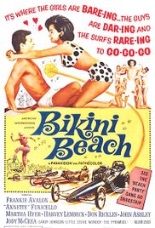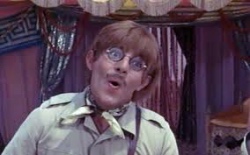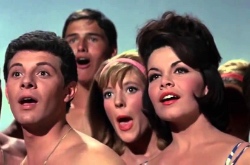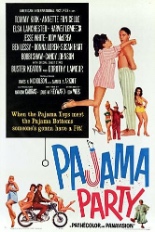
 For the fourth movie in the Beach Party series (and the third sequel in 1964 alone!), AIP shook things up beyond the cast’s hips by adding a new director (Don Weis, The Ghost in the Invisible Bikini), a sci-fi element and many, many sets of PJs. While Frankie Avalon and Annette Funicello indeed return, they’re playing different characters, but it hardly matters.
For the fourth movie in the Beach Party series (and the third sequel in 1964 alone!), AIP shook things up beyond the cast’s hips by adding a new director (Don Weis, The Ghost in the Invisible Bikini), a sci-fi element and many, many sets of PJs. While Frankie Avalon and Annette Funicello indeed return, they’re playing different characters, but it hardly matters.
Seen only from behind until the final shot, Avalon plays a Martian who sends Go Go (Tommy Kirk, Village of the Giants), a teenager of the angry red planet, to Earth on an exploratory mission before a planned full-scale invasion. Go Go attracts the amorous attention of Connie (Funicello), who hasn’t been too happy with her current, lunkheaded beau (Jody McCrea, Bikini Beach), who’s hosting quite the shindig for the whole gang at the mansion of his dress shop-owning aunt, Wendy (Elsa Lanchester, The Bride of Frankenstein).
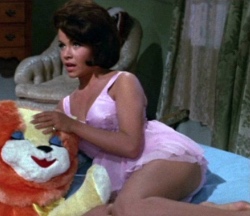 Coincidentally, all this occurs on the same weekend that Aunt Wendy’s hidden riches are targeted for theft by con man J. Sinister Hulk (Jesse White, Las Vegas Lady) whose balding pate and chomped cigar clearly mark him as a jokey dig at AIP co-founder Samuel Z. Arkoff. To assist him in his nefarious scheme, Hulk enlists a super-sexy Swede (Bobbi Shaw, Sergeant Dead Head) and a Native American named Chief Rotting Eagle (legendary silent comedian Buster Keaton, here reduced to lines like “Cowabunga. Make chop-chop”).
Coincidentally, all this occurs on the same weekend that Aunt Wendy’s hidden riches are targeted for theft by con man J. Sinister Hulk (Jesse White, Las Vegas Lady) whose balding pate and chomped cigar clearly mark him as a jokey dig at AIP co-founder Samuel Z. Arkoff. To assist him in his nefarious scheme, Hulk enlists a super-sexy Swede (Bobbi Shaw, Sergeant Dead Head) and a Native American named Chief Rotting Eagle (legendary silent comedian Buster Keaton, here reduced to lines like “Cowabunga. Make chop-chop”).
Pool Party would have made a more fitting title, as these 20-something teens dive, front-flip and cannonball into Wendy’s pool with reckless abandon — and often — throughout. But the word “pajama” carries the connotation of nookie, which no one onscreen was having, although drive-in audiences where Pajama Party was projected likely were. That’s not to say Weis and friends don’t try to wink at the deed as unsubtly as the MPAA permitted. Personifying the sex act in a start-to-finish running gag is not Funicello, for Uncle Walt never would have allowed it, but future AIP Co-Founder James Nicholson Wife No. 2, Susan Hart (Dr. Goldfoot and the Bikini Machine). The shapely brunette gets male castmates’ (and viewers’) motors running with a highly suggestive hustle of the hips that causes Dr Pepper to pop their caps, marshmallows to combust and candles to melt — the latter fate ultimately shared by the end credits!
Even with all these hinted-at erections and orgasms, Pajama Party remains good, clean fun. I imagine more adults may have had their panties wadded by a visual joke that sees two teens literally walking on water. Keep an eye out for that fun-in-the-sun sacrilege, as well as future stars Teri Garr and Toni Basil as backup dancers. —Rod Lott

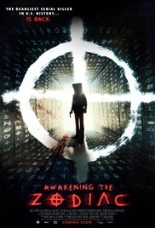
 While the identity of the Zodiac Killer remains unknown, several popular theories connect him to men who since have passed away. But when has that ever stopped Hollywood from exploiting an exploitable concept? No stranger to
While the identity of the Zodiac Killer remains unknown, several popular theories connect him to men who since have passed away. But when has that ever stopped Hollywood from exploiting an exploitable concept? No stranger to 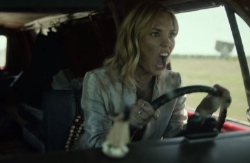
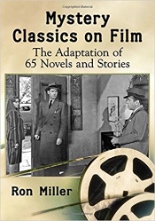

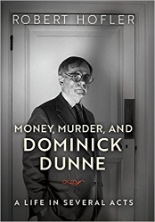
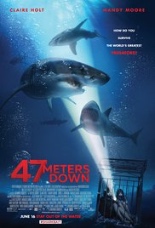
 Two things you should know about 47 Meters Down:
Two things you should know about 47 Meters Down: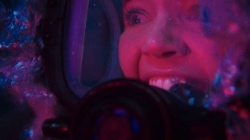 As with similar minimalist shark thrillers
As with similar minimalist shark thrillers 